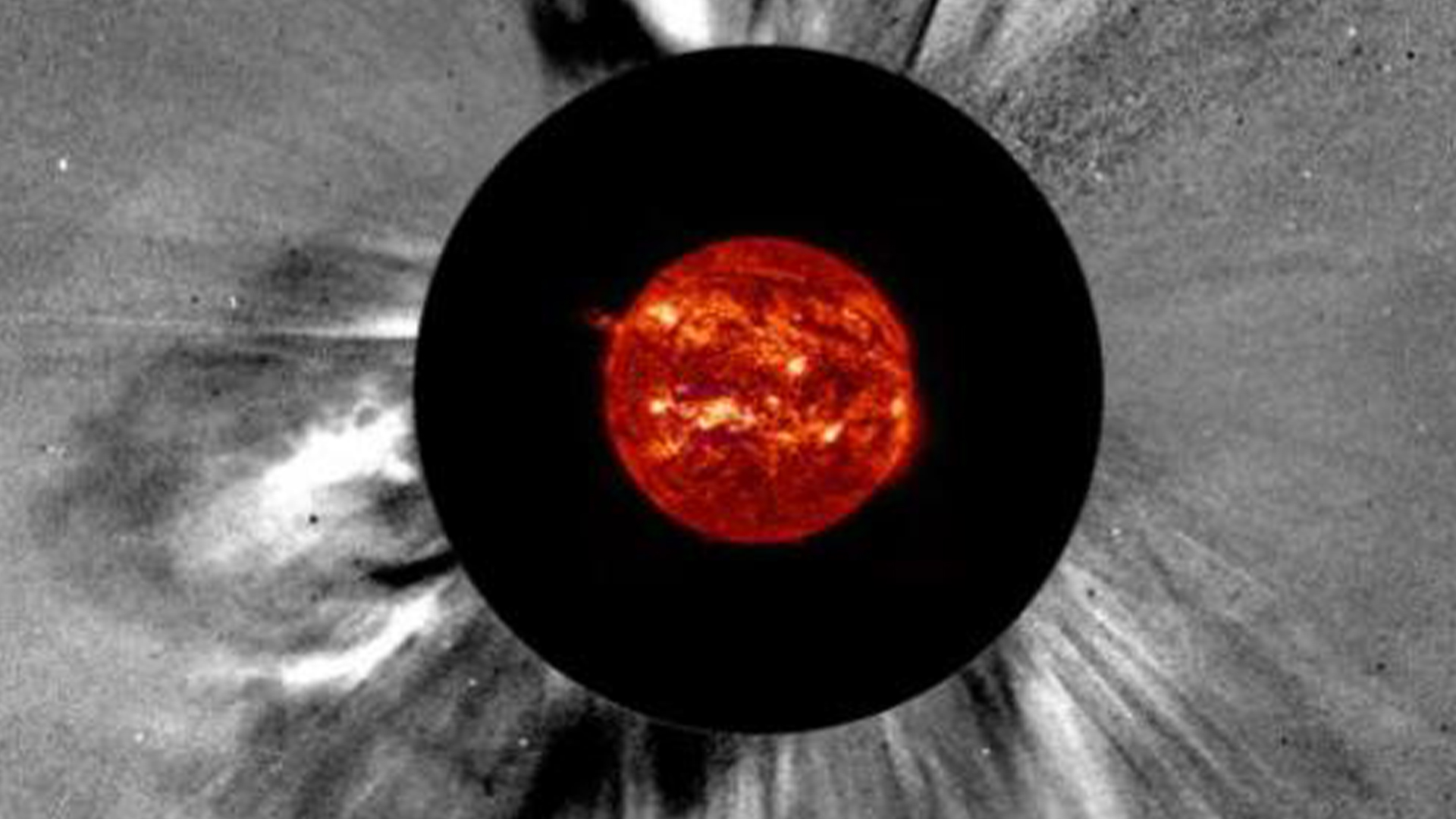Giant geomagnetic storm set to slam into Earth Monday, fueling auroras across northern US
The sun's magnetic field could soon slam into Earth's, triggering stunning light displays.

The sun has launched a blob of plasma toward Earth that could trigger a geomagnetic storm in the planet's magnetic field, officials say. This could bring stunning aurora displays to parts of the United States, primarily northern and upper Midwest states today (Jan. 22 and Tuesday (Jan. 23), according to the National Oceanic and Atmospheric Administration's (NOAA) Space Weather Prediction Center.
Solar flares — intense bursts of electromagnetic radiation generated in the sun's atmosphere — can launch magnetized plasma bubbles into space, which are known as coronal mass ejections (CME). These highly energetic clouds expand outward and can slam into Earth's magnetosphere — the magnetic field that envelops our planet and protects the surface from the most severe impacts of space weather. This collision can cause a geomagnetic storm, which can produce incandescent auroral displays as the CME's energized particles ionize oxygen and nitrogen molecules in the atmosphere.
Though these storms can sometimes interfere with satellites and some ground-based infrastructure, NOAA stated that "the general public does not need to be concerned."
The geomagnetic event is expected to be a G2 storm, the second-lowest category, which means that auroras are most likely to be seen in Alaska and Canada, according to near-real time aurora forecast projections from NOAA.
However, the forecasts show that many U.S. states, including Vermont, Minnesota and Wisconsin, also have a chance of spotting these dancing lights Monday and Tuesday.
This solar eruption occurred as the sun is rapidly approaching the peak of its current cycle, Solar Cycle 25, which officially began in 2019. In June 2023, Live Science reported that the peak of solar activity, known as solar maximum, would arrive sooner than originally forecasted, and in October, experts at the Space Weather Prediction Center released a "revised prediction" for the current solar cycle, stating that solar maximum would arrive sooner and be more explosive than initially thought.
During this peak, "we should expect to see more sunspots, each of which is a region of intense magnetic activity capable of producing solar flares and coronal mass ejections," according to NOAA. This tumultuous period could last several years and fuel strong space weather events that could trigger radio and satellite blackouts.
Sign up for the Live Science daily newsletter now
Get the world’s most fascinating discoveries delivered straight to your inbox.

Kiley Price is a former Live Science staff writer based in New York City. Her work has appeared in National Geographic, Slate, Mongabay and more. She holds a bachelor's degree from Wake Forest University, where she studied biology and journalism, and has a master's degree from New York University's Science, Health and Environmental Reporting Program.










